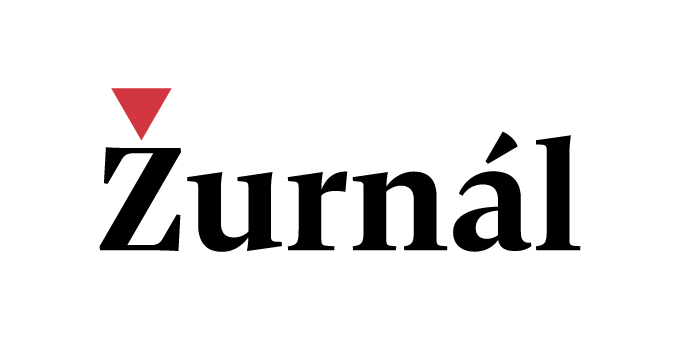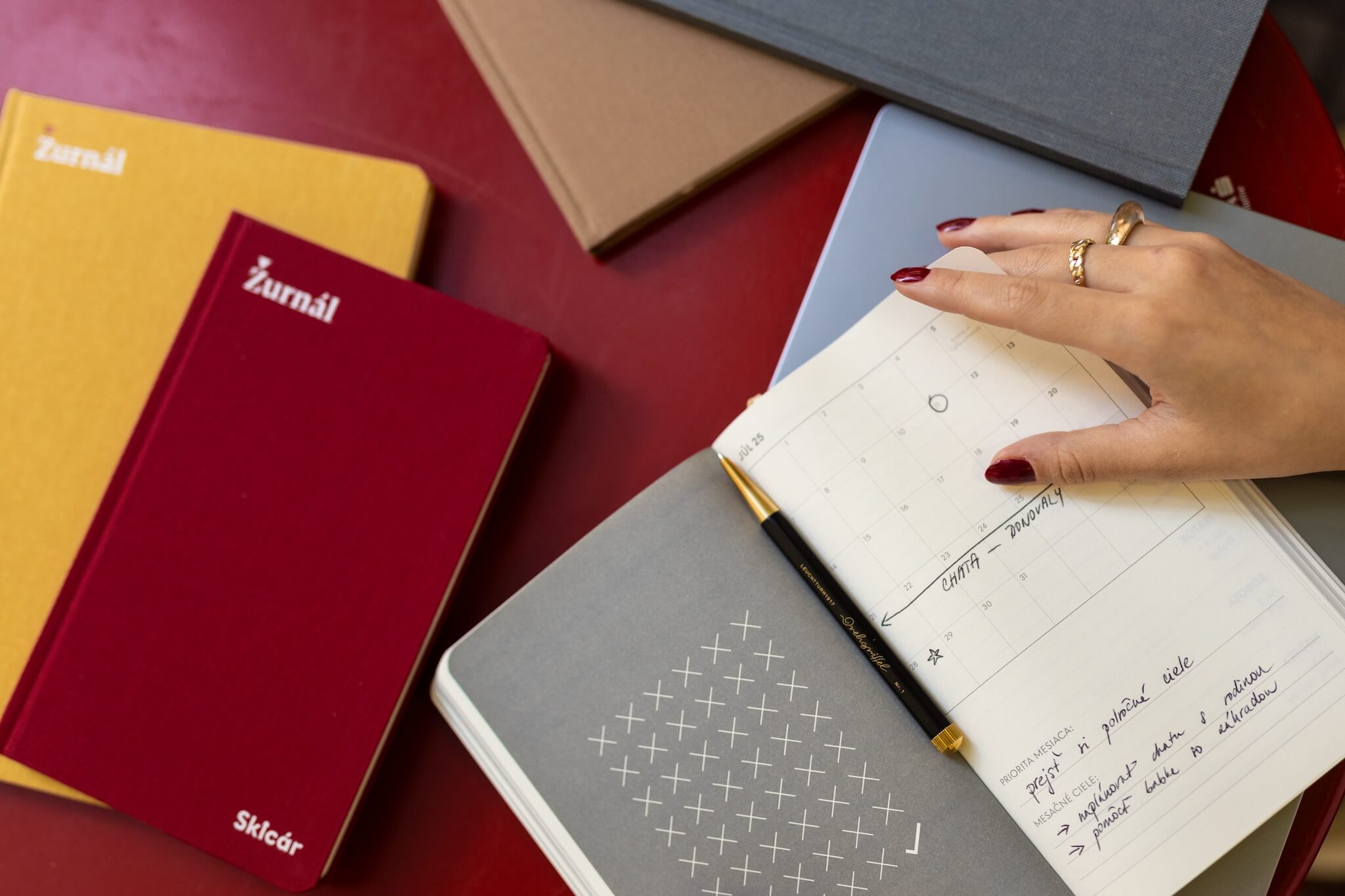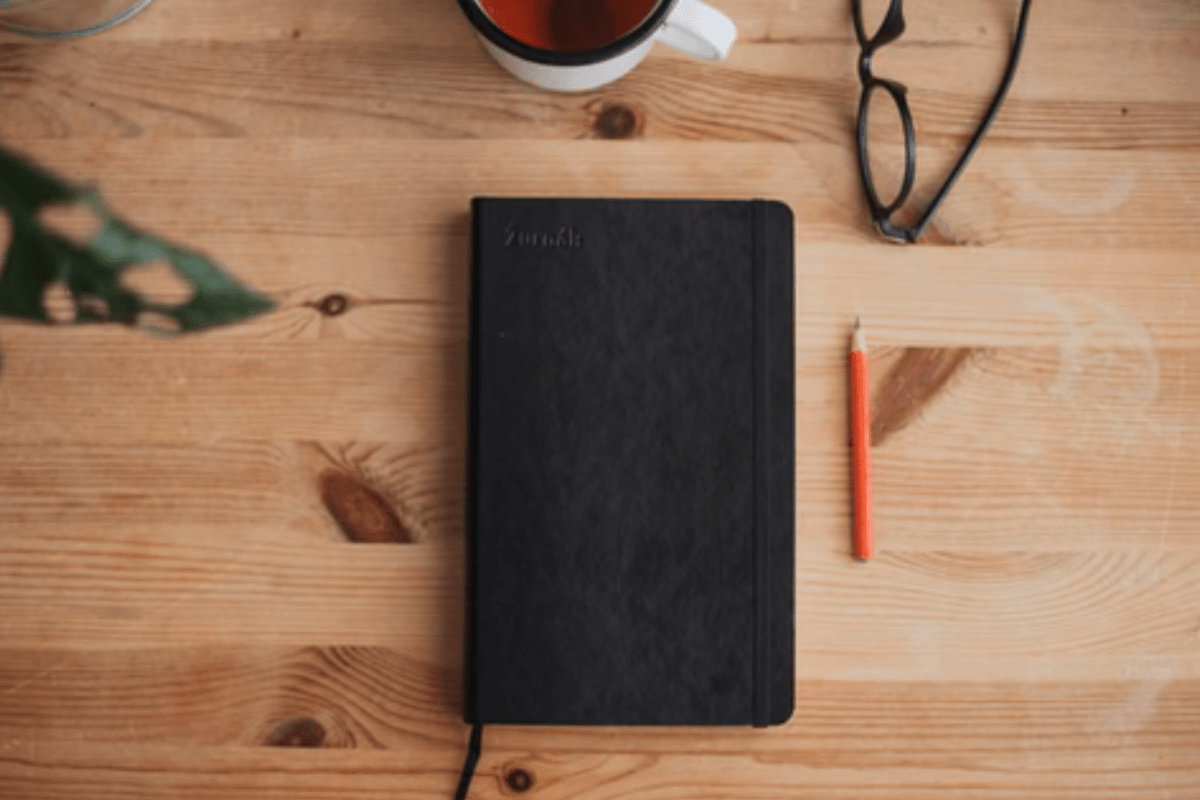
How the Journal is created: The story from handshake to packaging
In a place where no one would expect it, right in the heart of Brno's brownfield, in the area of the former Moravská Typografie, we are opening massive metal doors.
We leave behind us the hustle and bustle of the big city and enter a completely different world. A world where everywhere you look, you see stacks of paper. All you hear is the blowing of the printing presses. And you smell fresh paper.
We are at QuatroPrint. Places where new Journals are created.
...
We got in touch with Ondrej a few months ago. It was unusual that it wasn't just "Don't invent it. Couldn't it be simplified? We don't know" from the beginning, as is the custom with most printers. But a constructive conversation between two people who are interested in the same thing — to make the best possible product.
We shook hands and started preparing the documents. It was March, more than four months before the new Term begins.
What does the preparation of documents look like?
First, Ivan sits down with David and they go over all the customer suggestions and the reminder about the old version. Together, they will prepare a questionnaire with hypotheses for verification, and Zambo will send it to all customers. Roughly a third of them fill it out. This is followed by a day of statistical evaluation and analysis of qualitative responses.
The subsequent discussion in the team about whether or not to include name names in the daily overview can be quite passionate. But in the end it is always a compromise proposal, which Maťo processes into digital form in about a week. Next comes the inspection. Control control. And check check check.
The digital data for the block will be prepared. The sleeve is being addressed, which is on a separate email thread with more than 50 replies. The insert is finished.
And it is being produced. Or not?
What does the process of debugging production requirements look like?
The manufacturer receives from us the so-called BoM, or Bills of material. This is a list of all materials that will enter the Journal together with their suppliers. He will also receive the Production Guide, i.e. a summary of all production procedures for the Journal.
And an endless discussion follows. First in the team. And then between Ivan and Ondrej. About whether V16 or V32 stitched binding is better. Is it better to use dispersion glue, hot melt or PVA. Whether we will put the bookmark in the back or on the back. Or how to prepare the form for a pocket so that it lasts as long as possible.
Sometimes things change so quickly that a daily update is not enough and we call each other several times a day.
We are clear about one thing. There is no saving on the material.
This is precisely why we started working with the Italian family paper company Fedrigoni at Poustroch. And that's why we replaced the original 90g magazine paper with their Arena 120g. We knew that the Journal would be a little thicker because of it.
But we underestimated the volume factor, or fluffiness of the paper. In layman's terms, it is a quantity that is almost (but not completely) interchangeable with the volume of paper. It is approximately 1.15 g/m3 for the new paper, while it was 1.08 g/m3 for the old paper.
This means that the Journal is thicker not only because of the higher weight, but also because of the higher opacity .

And since we could not be present in person at the production due to the corona, we saw the Journals only when they were finished. The result is in many ways better than we expected.
✅ New Journal does not close (We finally managed to improve it!)
✅ The print is sharper and of better quality
✅ The back pocket is thicker, better curved and holds more
But for the thickness of the back, it has 5 mm more. In practice, it feels the same as adding 50 new pages to the old version. And we only increased the comfort of writing.

What do you think? Should we stick with the older (but lower quality) paper? Or should we prefer thinness at the expense of quality? Let us know in the comments or at ahoj@theprojekt.sk.






Leave a comment
This site is protected by hCaptcha and the hCaptcha Privacy Policy and Terms of Service apply.